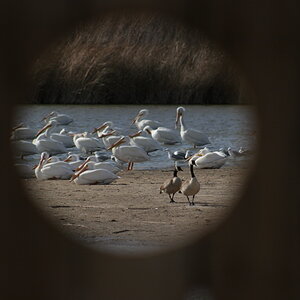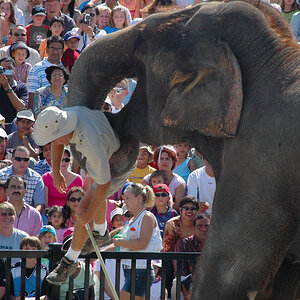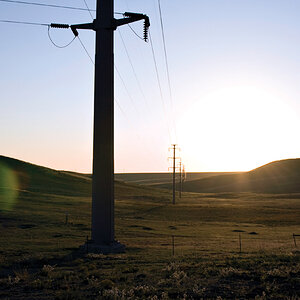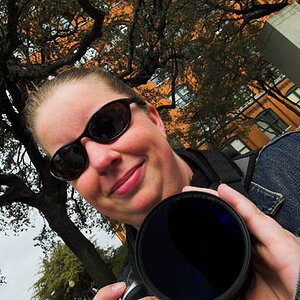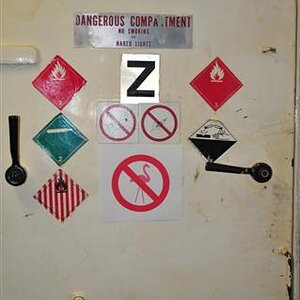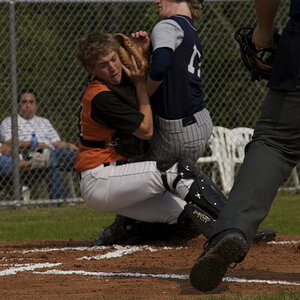- Joined
- Apr 9, 2009
- Messages
- 41,401
- Reaction score
- 5,706
- Location
- Iowa
- Website
- kharrodphotography.blogspot.com
- Can others edit my Photos
- Photos OK to edit
Not really. The only point in the green area that is truely in focus is the subject at the focal point. From there, both in front of and behind that focal point focus sharpness starts dropping off.
Where there is more green, the focus sharpness doesn't drop off as fast.
Another issue with the diagram is that the distribution of the DoF is more often close to 50/50 than the 25% in front, 75% behind the point of focus the diagram indicates
Where there is more green, the focus sharpness doesn't drop off as fast.
Another issue with the diagram is that the distribution of the DoF is more often close to 50/50 than the 25% in front, 75% behind the point of focus the diagram indicates
Last edited:


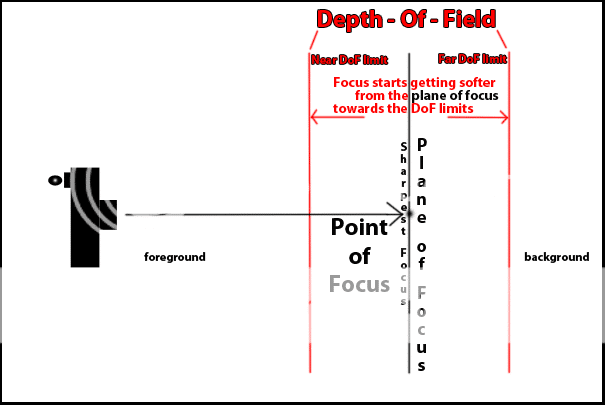


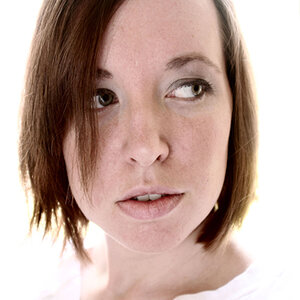
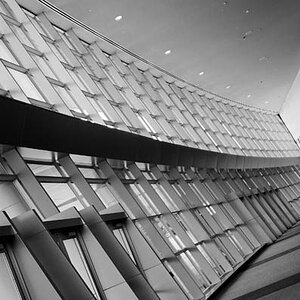
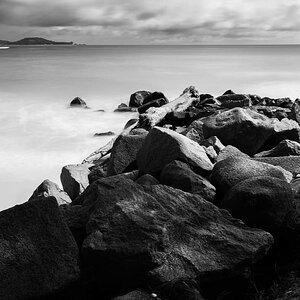
![[No title]](/data/xfmg/thumbnail/32/32632-476f3d925401f13cffe1cc2b41945614.jpg?1619735553)
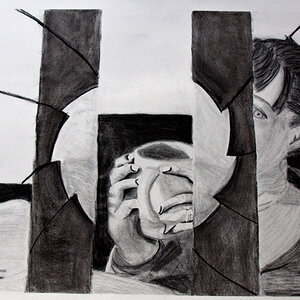
![[No title]](/data/xfmg/thumbnail/37/37127-bf1c0cde30f216dbd2804a0e700d6433.jpg?1619737884)
